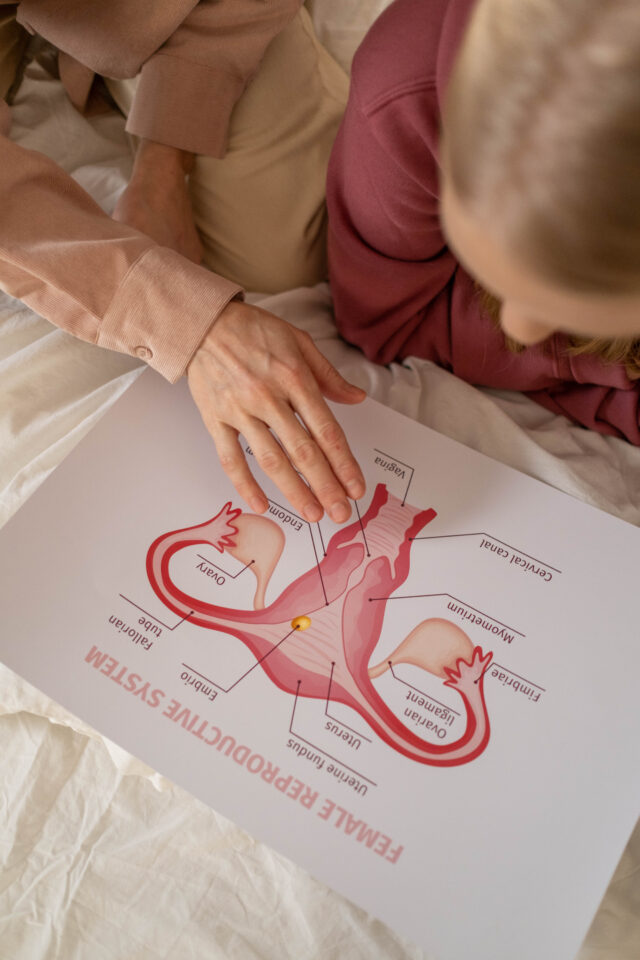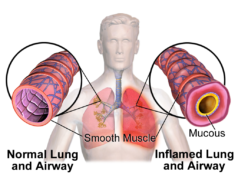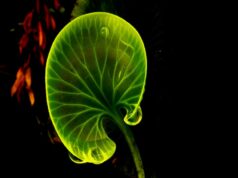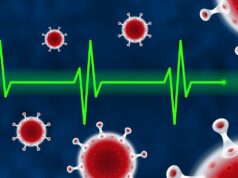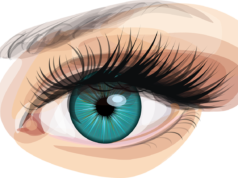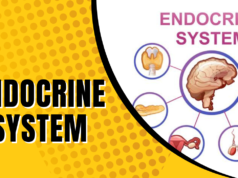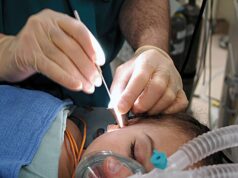Female Reproductive System
The female reproductive system is a complex network of organs and structures responsible for the production of eggs, fertilization, pregnancy, and childbirth. It plays a crucial role in the process of human reproduction. Let’s explore the main components of the female reproductive system:

- Ovaries: The ovaries are two almond-shaped organs located in the pelvis, one on each side of the uterus. They are responsible for producing eggs (ova) and the female sex hormones estrogen and progesterone.
- Fallopian Tubes: Also known as uterine tubes or oviducts, there are two fallopian tubes connecting the ovaries to the uterus. These tubes serve as pathways for the eggs to travel from the ovaries to the uterus. Fertilization of the egg by sperm usually occurs in the fallopian tubes.
- Uterus: The uterus, or womb, is a muscular organ where a fertilized egg implants, develops and grows into a fetus during pregnancy. It has a thick lining called the endometrium, which sheds during menstruation if pregnancy does not occur.
- Cervix: The cervix is the lower narrow portion of the uterus that connects it to the vagina. During childbirth, the cervix dilates to allow the baby to pass from the uterus into the vagina.
- Vagina: The vagina is a muscular canal that extends from the cervix to the external opening. It serves as a passageway for menstrual fluid to leave the body and receives the penis during sexual intercourse. It also forms part of the birth canal during childbirth.
- Vulva: The vulva refers to the external female genitalia, including the mons pubis, labia majora, labia minora, clitoris, and vaginal opening. It protects the internal reproductive organs and plays a role in sexual arousal.
- Mammary Glands: While not directly involved in reproduction, the mammary glands, located in the breasts, produce milk to nourish infants after childbirth.
The female reproductive system undergoes cyclic changes known as the menstrual cycle, which prepares the body for pregnancy. Each month, an egg is released from one of the ovaries during ovulation. If the egg is fertilized by sperm, it may implant in the uterus and result in pregnancy. If fertilization does not occur, the thickened lining of the uterus is shed during menstruation.
Regular check-ups, such as Pap smears and mammograms, along with practicing safe sexual behavior, are essential for maintaining reproductive health and detecting any potential issues or diseases. It is advisable to consult with healthcare professionals for personalized information and advice regarding the female reproductive system.

